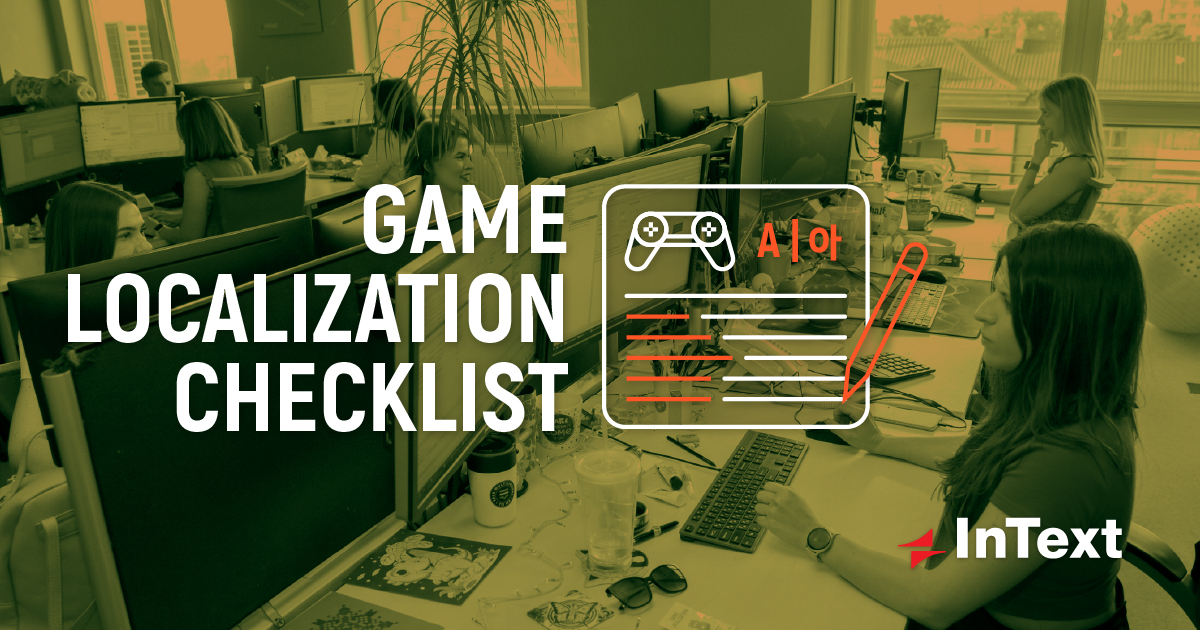
Lost in the chaos of localizing games?
You’re not alone. Game localization is a complex, creative discipline with its own processes and many nuances. And it’s easy to overlook something crucial along the way.
To help you out, we’ve prepared a practical checklist for localization teams based on 20+ years of experience and presentations from UTICamp conferences we’ve hosted.
First and foremost, this checklist will help translators stay focused and feel more confident in the localization process. It may also help project managers (PMs) avoid possible risks and give game developers a clearer picture of the localization process.
1. Research the game
Immerse yourself in the world you’re localizing. Watch trailers and gameplay, read community discussions, and, ideally, play the game. You’re not just translating — you’re guiding players through an engaging experience in their own language.
2. Invent new words or transliterate
If a term doesn’t exist in the target language, invent a culturally relevant equivalent. When the original term has layered meanings that would be lost, transliteration might be the safer option.
3. Handle tags and placeholders with care
These technical elements can easily break both the UX and the game logic if mishandled. Clarify them up front, document your findings, and leave comments for the PM when something’s unclear.
4. Mind gender-specific language
In languages where gender plays a key role, neutral phrasing is your best friend. If that’s not possible, adapt creatively but keep the original intent.
5. Collaborate with your team
Game localization is a team effort. Discuss tricky cases with fellow linguists or project managers. Second opinions and fresh perspectives often lead to better solutions.
6. Talk to gamers
Ask your friends, colleagues, or even their kids — anyone who plays games in your target market — for feedback or insights. Just keep NDAs in mind: no spoilers, no screenshots, no sensitive content.
7. Enjoy the process
You’re working with games — have fun with it, and let that energy show in your translations! The players will feel it.
And one last thing: Always check the client’s instructions first. These are your main reference — not suggestions, but the rulebook.
At InText, we’ve built our game localization workflow around these principles, from project setup to final QA.
See how we do it at the link.